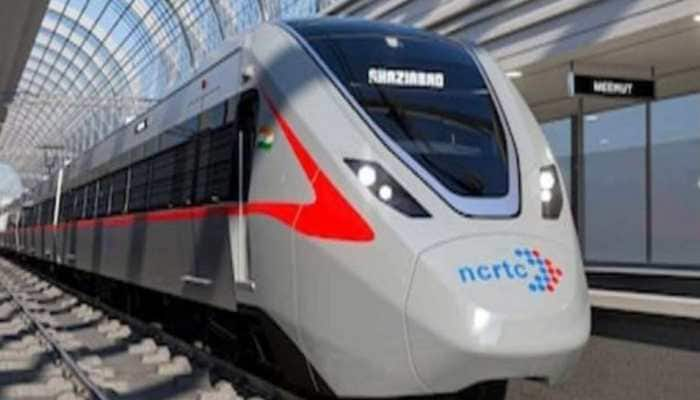Air India to fly Delhi-San Francisco over North Pole
The first commercial service will be operated by Captain Ranjeesh Sharma and Captain Digvijay Singh.
Trending Photos
)
New Delhi: Marking a new aviation milestone, the Air India (AI) on Monday announced its inaugural passenger flight over the North Pole region from August 15 between New Delhi and San Francisco.
The first commercial service will be operated by Captain Ranjeesh Sharma and Captain Digvijay Singh, marking the "maturing of civil aviation in India as another frontier is crossed", said Air India Western Region Director Mukesh Bhatia.
Air India had conquered this frontier in 2007, when Captain Amitabh Singh -- currently, Director (Operations) -- flew a Boeing 777 over the polar region. He had taken delivery of the brand new aircraft and flew it over the North Pole from Seattle to New Delhi, going in the record books as the first Indian pilot to notch this feat.
"Passengers will benefit from the reduced fuel consumption and a better environment from the reduced carbon emissions," Mukesh Bhatia said on the new Polar flight route.
Air India is in a unique position to offer direct (non-stop) flights between India and North America, but the Polar route between the two countries has not yet been exploited.
"Situated on opposite sides of the Northern Hemisphere, India and North America would benefit immensely by using existing North Polar routes for commercial air operations," Bhatia added.
The AI already has flights to the US from the Atlantic and Pacific routes as part of its endeavour to conserve fuel, slash travel time, improve aircraft utility and reduce carbon emissions.
According to AI, the fuel saving on the Polar route is expected to be in the region of 02 to 07 tonnes with a resultant decrease in carbon emission of 06 to 21 tonnes per flight, and is part of the initiative of the Fuel Conservation Committee of the airline.
The North Pole region has given airlines an opportunity to reach destinations previously not available for non-stop services and reduce flying times on existing routes and city pairs, he pointed out.
Increasing use of these route has resulted in major improvements in areas of aviation infrastructure like communications, air traffic control, and services supplies at remote airports.
However, most of the Polar region still falls short of the infrastructure and the logistics standards of the more widely used air-spaces, thereby offering unique opportunities laced with distinct challenges, Bhati explained.
"For instance, the area of Magnetic unreliabitlity, limited choices for diversion to alternative airports, solar radiation, fuel freezing, passenger and aircraft retrieval in case of diversions, are some specific factors requiring active mitigation to ensure equivalent levels of safety," Bhatia added.
In case of diversion of a flight on the Polar region, the AI has hired a Diversion Support Agency to assist in the aircraft and passenger retrieval.
In this context, the Directorate General of Civil Aviation (DGCA)'s Operations Circular 02.2019 on 'Polar Operations' clearly defines the requirements for airlines to operate in the Polar region with sufficient documentation and clear guidelines.
After the first flight over the North Pole almost 13 years ago, it was a logical progression from then to now seeking Regulatory permission to operate a passenger service on the route, he said.
Bhatia said while fuel savings could never be at the cost of passenger safety and comfort, a careful risk analysis has been conducted to ensure compliance on both before launching the flights.
The AI has secured approvals from the DGCA and FAA, crew training, weather monitoring, alternate selection and aircraft serviceability are enhanced to ensure safety in operations.
Interestingly, Polar flights have been in operation since 1937, when a Soviet pilot Valery Chkalov became the first to fly a single-engine aircraft from Moscow to Vancouver (Washington State) in the US over the North Pole covering the 8,811 kms distance in 63 hours.
Stay informed on all the latest news, real-time breaking news updates, and follow all the important headlines in india news and world News on Zee News.
Live Tv







)
)
)
)
)
)
)
)
)
)
